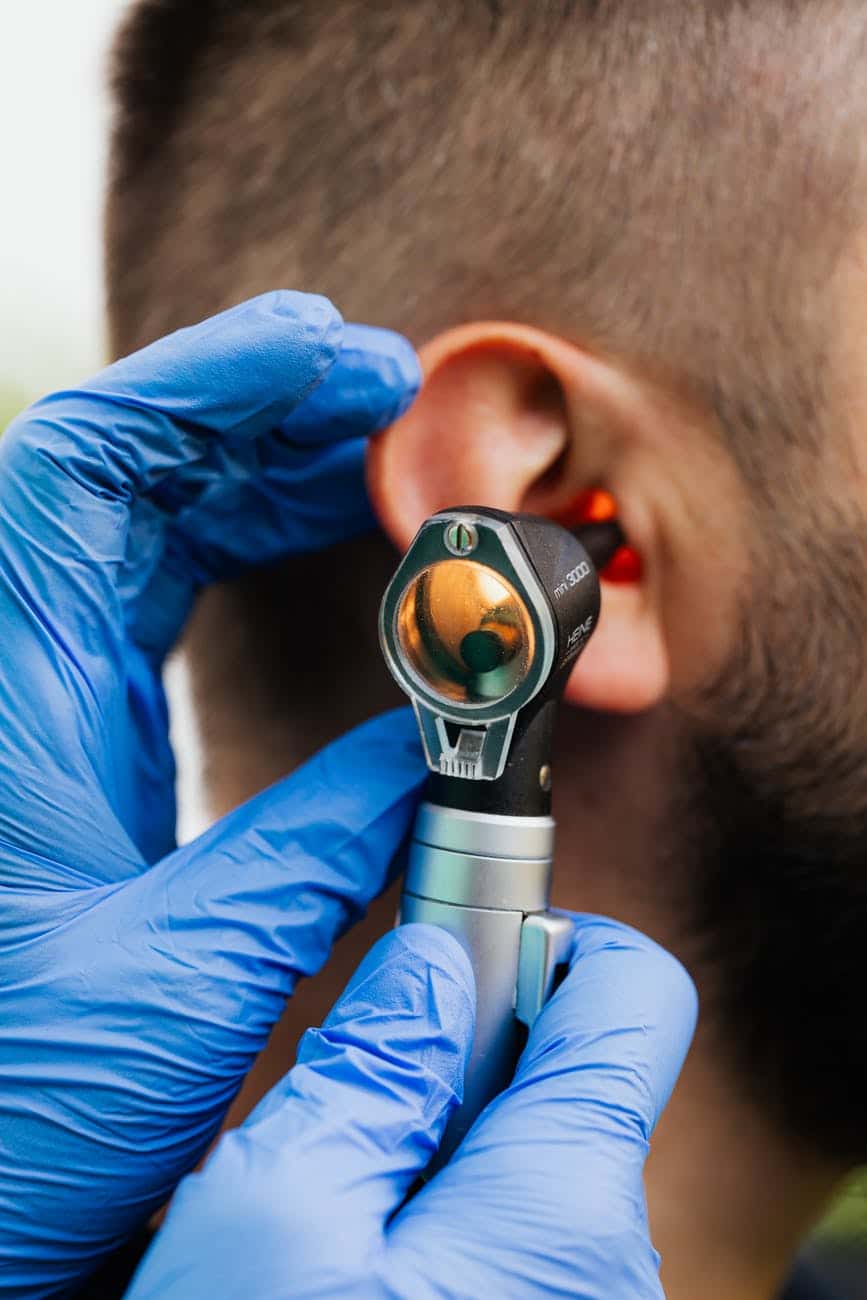A common question we hear from our patients at ENT & Allergy Specialists – Ear Nose and Throat Physicians and Surgeons is, “Is it ever safe for me to use Q-tips in my ears?” The answer is no.
What the Research Shows

One study published in the International Journal of Pediatric Otorhinolaryngology sought to uncover the most common risk factors for otitis externa (OE), sometimes known as swimmer’s ear. OE is an infection of the outer ear canal.
A total of 87 children ages 3.5 to 12 who were diagnosed with OE were studied. Of these, 61 children had had their ears cleaned with Q-tips during the 10 days preceding their diagnosis.
The researchers concluded, “Use of a cotton-tip applicator to clean the ear seems to be the leading cause of otitis externa in children and should be avoided.”
Why Can’t I Use a Q-Tip for My Ears?
First, it says on the box “Do not insert swab into ear canal.” And for good reason – rather than scooping earwax out, in most cases, it pushes it further in. This puts you at risk of earwax impaction, which causes unpleasant symptoms such as earache, itchiness, feeling of fullness in the ears, discharge from the ears, hearing loss, tinnitus (ringing in the ears) and dizziness.
In addition, you put yourself at risk of puncturing the eardrum. Symptoms of this include sudden hearing loss, ear pain, fluid drainage from the ear, tinnitus and high fever.
Well, How Else Can I Remove Earwax?
Earwax has the important job of moistening the ear canals and trapping debris. In most cases, you don’t actually need to remove your earwax, because the ears are self-cleaning! Old earwax is worked out of the ear canal through natural jaw movements when talking, chewing and yawning.
If you notice earwax in the outer part of the ear canal or the ear bowl and find it unsightly, you can irrigate your ears in the shower using the stream.
If your earwax is impacted, you first try to soften the wax with eardrops. If this doesn’t help, you need to see one of the experts at ENT & Allergy Specialists – Ear Nose and Throat Physicians and Surgeons to have it professionally removed.
For more information or to schedule an appointment, call ENT & Allergy Specialists – Ear Nose and Throat Physicians and Surgeons today.
[related-posts]